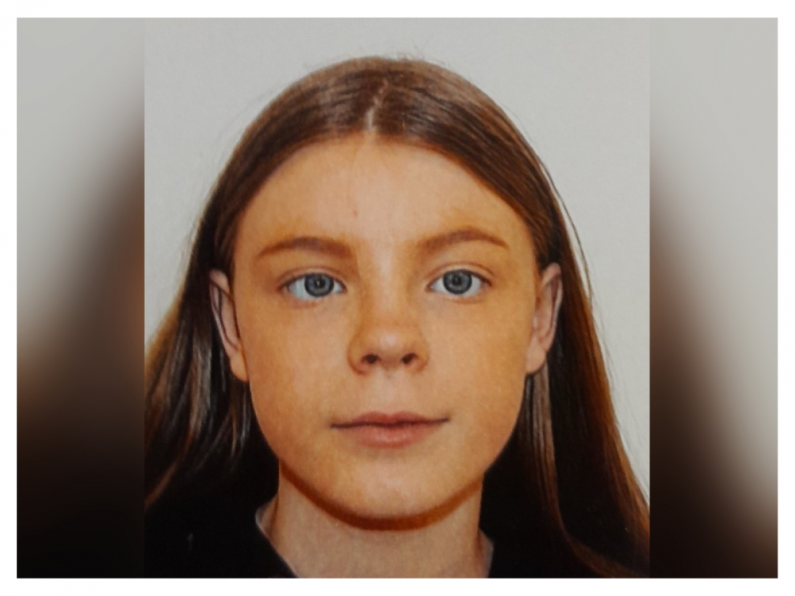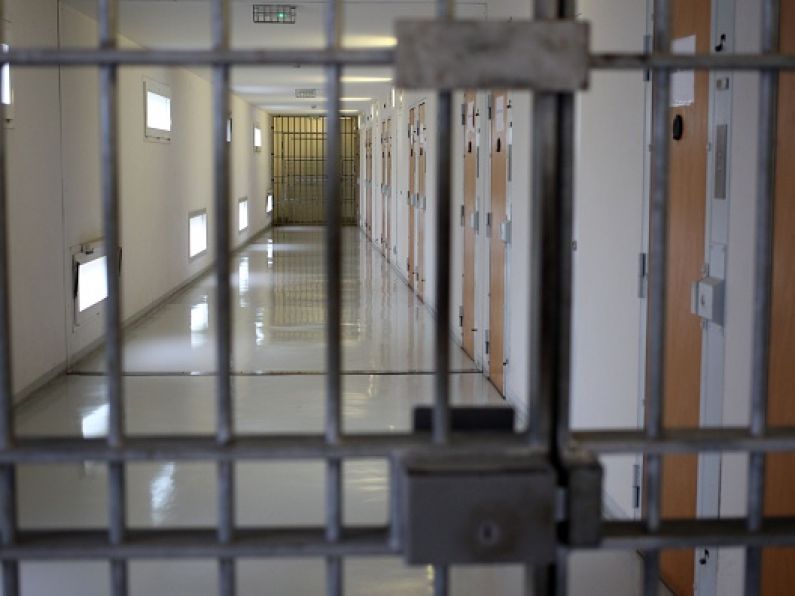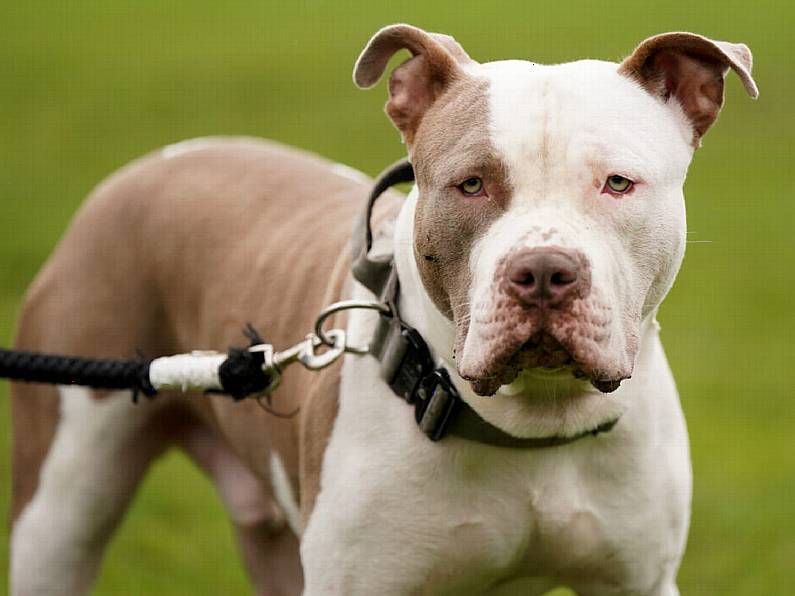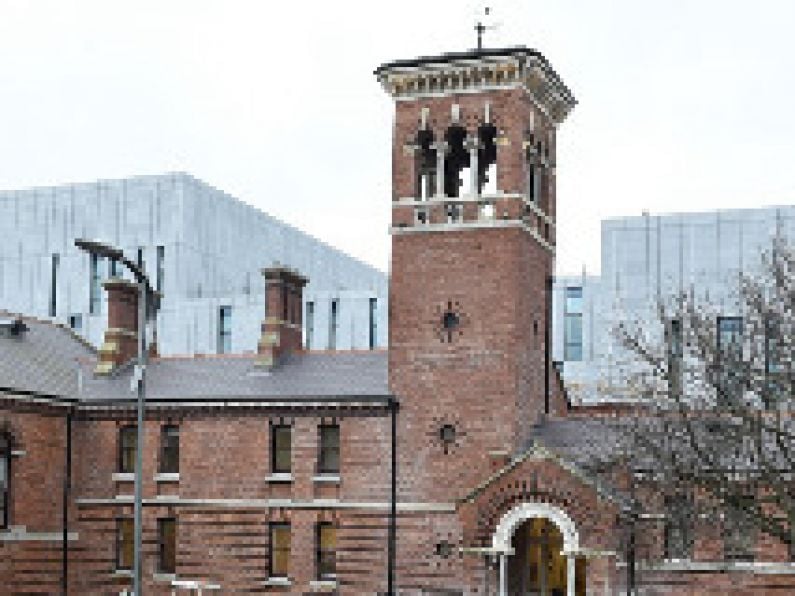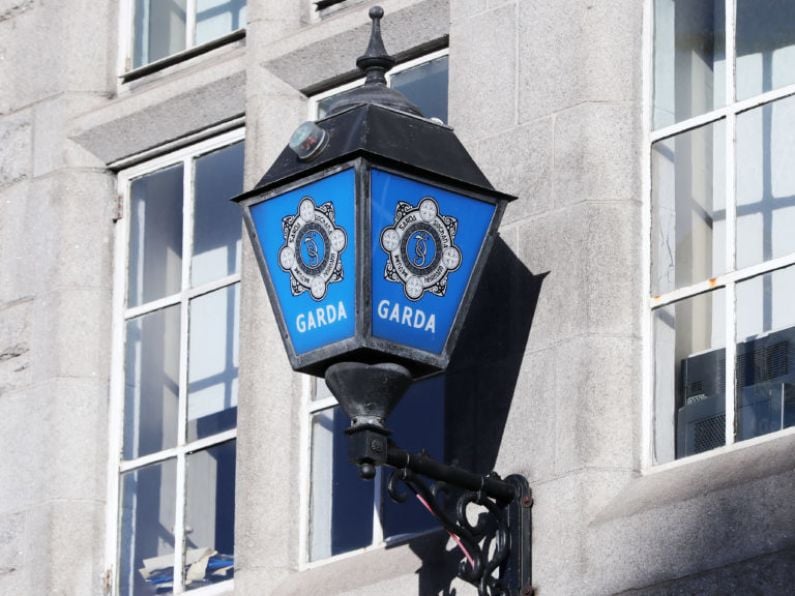The results of almost 62,000 Junior Certificate students are being collected today as part of what is a historic change to Irish education, writes Niall Murray.
Most of the students will also receive a Junior Cycle Profile of Achievement (JCPA) later this year from their schools, combining their exam results with the outcome of classroom-based assessments in English done under supervision of their teachers.
Those assessments were only undertaken in English as the reforms are being introduced on a phased basis.
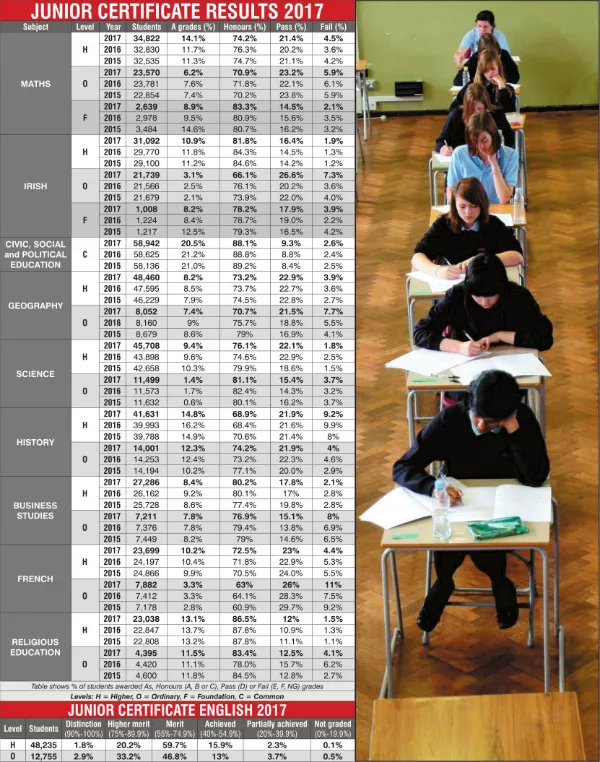
All but 600 of those getting results from the State Examinations Commission (SEC) today did their exams in June at the country’s 730 second-level schools. The rest were classed as re-entrants to education.
The total 61,051 who did exams in all locations is an increase of 2.3% on last year’s Junior Certificate numbers.
Among them, nearly 11,700 students got two or more As in higher-level subjects when the new distinction grade for English is included. This is down from 12,425 people with the top grade in at least two subjects in 2016.
Only four students have received top grades in 12 higher-level subjects, compared to 10 a year ago.
The JCPA reporting format is being finalised but should issue to schools soon in order to distribute them to students before the end of the year, according to Education Minister Richard Bruton. The outcomes of any appeals of today’s results will also be reflected in them.
Other than the changes to Junior Certificate English, where a new assessment and new grading structure are in place, the exams were conducted the same as other years in other subjects.
After steadying off at 55% in recent years, the numbers taking higher-level maths have jumped again to 57% out of 61,031 who sat exams in the subject in June.
Among those 34,822 students, however, there was a slight increase from 3.6% last year to 4.5% (more than 1,500 people) in the proportion with a fail grade of E, F, or no grade. The numbers who got an A are up from 12% to 14%, with slightly fewer claiming honours (A, B, or C), down from 76% to 74%.
In ordinary-level maths, taken by more than 23,500 (39% of all who sat the subject), fail rates dipped to below 6%, or almost 1,400 students. Some 71% got honours, including another 1,500 who got an A.
There is also a drop this year in numbers getting honours in higher-level Irish, down from 84% to 82%. But the 31,092 students taking the language at this level is a record high, accounting for 58% of almost 54,000 sitting exams in the subject.
This higher-level participation rate shows continuation of the steady rise over recent years, with the higher marks given for oral Irish being a big factor.
Despite teacher union concerns that it is not conducted by SEC-appointed examiners, the optional oral test was taken by rising numbers of Junior Certificate students in Irish. Last year, for example, 20,200 or 38.5% of them did so, up from fewer than 400 in 2007. However, SEC data provided to the Irish Examiner shows that 3,200 fewer students did so this year. The oral Irish test was taken by 17,019 students at 321 schools, down from 357 schools a year ago.
This drop-off may be a result of a revised emphasis by the Association of Secondary Teachers Ireland on directives that its 18,000 members not undertake testing of students for Junior or Leaving Certificate, unless directly appointed to do so by the SEC.
There was a similar fall in numbers taking optional Junior Certificate orals in modern languages. Fewer than 5,200 did so for French, down from 5,400 in 2016, although the oral test was taken by students at one school more than the 128 where it was administered last year.
The 1,366 students getting German results that include marks for an oral component at 55 schools compare to 1,638 at 63 schools a year ago.
The number who did oral Spanish exams fell but only slightly, from 2,959 at 64 schools in 2016 to 2,944 students. However, they were examined for the subject at 69 schools, slightly higher than a year ago.
This story first appeared in the Irish Examiner.


